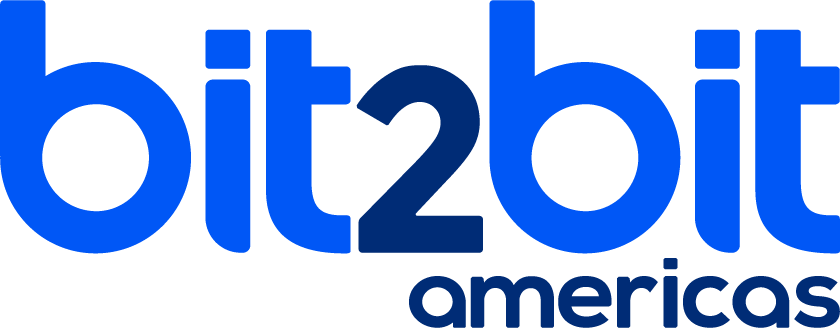Agile project management process for
mining company
using agile practices.
Customer
Sector
Mining
Production Volume
One of the 10
biggest in the world
Location
Peru
Partners
3K
Business Need
This client’s technology team had chosen to use the Trello tool to implement a basic process for managing their software development projects that allowed them to meet their team objectives. However, when the number of team members and the project load grew, both the tool and the management process in use did not scale to the requirements of the new context. Both became an impediment to being able to have control over the ongoing projects, their goals and deliverables.
Solution
In response to this need, bit2bit Americas suggested implementing an agile project management process based on the Scrum framework, using Jira Software and Confluence products. Working together with the client allowed bit2bit Americas to design and implement a new agile and standard process which allows the tracking of goals and deliverables. The process is robust and is scaling as new members join the client’s technology team. Additionally, the project management process was integrated with the automated software integration and deployment process that the client was using as part of its DevOps practices.
Technology
The technologies used in this implementation were the following:
Customer satisfaction
bit2bit Americas achieved 90% in the satisfaction survey.

Why bit2bit Americas?
bit2bit Americas has experience in the execution of services that allow transforming traditional project management processes into processes based on agile practices. Additionally, our team of specialists has experience and certifications in frameworks such as SAFe, Scrum, Kanban, etc. as well as in the platforms used.
